The new cell tower construction is rapidly enhanced. It is just because next-generation 5G wireless networks are becoming more of a reality. Therefore, it makes sense to go for the nearest cell tower, if you're at a far-off place. However, regarding mobile reception, location is more important.
It is like a challenging task to grab a strong enough signal to enable your phone's voice and data, if you live too far from your carrier's tower. You must look for cell towers in your area if you're not receiving the signal performance.

Indeed, the infrastructure required for mobile phones, internet access, and wireless communications. These are an essential component of contemporary communication. With the help of cell towers, it seems easy to make calls, send messages, and access the internet. But occasionally, you can discover your mobile connection is less than it might be.
What’s the finest solution in this regard? Find the nearest tower to solve troubleshooting and enhance the signals. In this blog post, we discuss in detail how to locate one in your area, helpful tools, and how to fix problems with weak cell signals.
Knowing About Cell Towers
It is important to understand the working criteria of a cell tower before you locate it. So, you can understand why they are essential to mobile communication.
Understand Cell Towers
A cell tower is a tall building that has antennas and other telecom equipment to cover a certain region. However, mobile devices and the larger cellular network infrastructure exchange signals via cell towers. To link you to the internet and facilitate connection with others,
These towers are in charge of directing data traffic, text messages, and phone calls to and from your phone. Well, to provide optimal coverage for a given geographic region, cell towers are usually positioned in key areas. In other words, it can span a few miles in rural regions or several blocks in urban areas. But all these depend on the tower's design and height.
How Do Tower Cells Operate?
Mobile devices and cell towers exchange radio frequency (RF) signals. The connections between these towers and a wider network of switches and routers manage the data, text, and call routing between various cell towers as well as between a tower and a user's device. However, your device contacts the closest cell tower whenever you make a call or send a text message.
The tower must first send the signal to the subsequent link in the communication chain to connect with the recipient phone. Each cell covers the region within that certain radius and has its tower. Your phone will immediately connect to the closest tower in the next cell if you leave the range of one. We call modern phones "cell phones," as the network they use is composed of several cells that are connected by cell towers.
Types of Cell Towers
There are different variations of cell towers, based on form, size, and layout. A given area's tower type is determined by criteria, including the technology being employed, the topography, and the population density. The many kinds of cell towers that are frequently utilized in telecommunications will be discussed.
1. Monopoles towers
Among the most prevalent varieties of cell towers are monopole towers. It’s a single tall and thin pole that actually holds antennae and other communication devices with towers. However, they usually stand between 100 and 200 feet tall, due to their small size. Somehow, they are frequently utilized in suburban and urban settings.

2. Lattices Towers
Indeed, these towers are typically utilized in suburban or rural locations. Where more room since they have a larger footprint than monopole towers. Somehow, Lattice towers are utilized when coverage has to be dispersed across a wide region and can reach heights of 300 feet or more. You can make the construction possible with Lattice towers' structural construction to place several antennas and other devices. In short, it makes an affordable option for expanding a network.

3. Guyed Towers
Guyed towers are held up by cables that go from the tower to the ground. Well, these towers are usually higher than monopole and lattice towers. Installing them requires a lot of space since they are supported by many wires.

4. Inconspicuous Towers
These towers can resemble trees, flagpoles, church steeples, and other things. Providing the required telecommunications infrastructure while reducing the visual effect is the aim. In places with stringent zoning regulations or where locals could object to the installation of conventional cell towers, stealth towers are frequently utilized.

5. Small Cell Towers
Small cell towers are a more recent kind of tower that is intended to cover densely populated regions, such stadiums and city centers. Indeed, these towers are far smaller; some are only thirty feet or less in height compared to other towers. Localized coverage is provided by small cells, which are frequently mounted on utility poles, streetlights. Also, building rooftops in locations where conventional towers would not be able to manage the traffic needs. Well, 5G networks are frequently supported with small cell technology. Also, it reduced latency and increased data rates.

6. Distributed Antenna Systems (DAS)
A distributed antenna system (DAS), albeit not strictly a tower, is a substitute technique for delivering wireless coverage in places where conventional towers would not be feasible. DAS is made up of a system of antennas placed all over a stadium, building, or other big structure. A central hub that connects these antennas to the larger cellular network facilitates communication. DAS systems are frequently utilized indoors where conventional towers are unable to offer enough coverage.
Tools for Finding Cell Towers
Find the nearest cell tower to diagnose connectivity problems. Also, it seems helpful to boost the signal strength on your phone. Fortunately, you can use several programs to assess the strength of your mobile signal and find neighboring cell towers. Such as:
1. Cell Tower Locator Apps
Indeed, several smartphone applications can assist you in locating cell towers around you. Also, these applications show neighboring towers on a map using information gathered from several sources. Several well-known applications for finding mobile towers are:
2. Cell Tower Databases
Simply, you may locate cell towers in your area by using search tools on some websites and databases that gather information about tower positions. Usually, these databases use data that is openly accessible from telecom providers and regulatory agencies. To view a map of neighboring towers, you can provide an address or location.
3. Coverage Maps for Carriers
Coverage maps that display the regions where their cell towers are operational are available on the websites of the majority of major cellular operators. You may get an idea of the closest cell towers for a certain carrier by looking at these maps, which usually show regions with good, moderate, or weak coverage.
4. Tower Database of the FCC
A database of registered communications towers is kept up to date by the Federal Communications Commission (FCC) in the United States. You may use this database to find the basic positions of cell towers in your region, even if it doesn't include tower-specific information or real-time coverage maps.
Locating the Best Cell Tower
It's critical to understand the elements that impact your connection while trying to locate the closest tower or enhance your signal. Here are some pointers to help you choose the ideal cell tower:
1. Make use of Signal Strength Apps
Different apps assist you in locating the closest tower with the strongest signal. Also, these applications can assist you in figuring out the best spot for a stronger connection by showing the signal strength in decibels (dBm).
2. Take into Account the Tower Type
Your local tower type may affect the quality of your signal. You can get quicker speeds but a limited range, if you're in an urban location with a lot of tiny cell towers. On the other side, rural regions could be more dependent on bigger lattice or monopole towers. It might not be as quick as tiny cells with 5G capabilities but can provide more widespread coverage.
3. Go to an Open Space
Cell towers function best when your device and the tower are in a direct line of sight. Obstacles such as trees and buildings might reduce the signal's strength. Try relocating to an open space or next to a window if your signal is weak to get a better reception.
Troubleshooting Poor Cell Signal
There are several measures you may take to troubleshoot a low mobile service.
Restart your gadget
You may fix small network difficulties and renew your phone's connection to neighboring towers by simply restarting it.
Navigate Among Networks
Try switching between 4G and 5G to see if the signal becomes better if your carrier supports both. In some cases, a particular place may have a stronger connection from one network type than another.
Employ a Signal Enhancer
A signal booster can better cover your house or workplace by boosting the signal from surrounding towers if you're in a bad signal region.
Answers to Common Questions (FAQ)
1. What are the signs that my signal is weak?
Check the settings on your phone or signal. Also, use the strength applications like OpenSignal or CellMapper to determine the strength of your signal.
2. Why is the signal from my cell so poor?
Distance from the closest tower, other devices interfering, and obstacles like trees or buildings can all result in weak signals. Inadequate infrastructure in your region or network congestion may also be factors.
3. Is it possible to enhance my signal strength?
Yes, you may use a signal booster. Simply, move to a new area and ensure your phone is linked to the best network available that enhances your signal.
4. How can I locate my phone with the cell tower?
Simply, you may need to use mapping tools and signal strength applications. So, you can determine the optimum mobile tower for your phone's connection. Make sure you consider the distance and tower type into account.
Ending Lines
You can easily enhance your mobile experience without losing its connection when you live close to cell towers. Also, it is a better option to learn the elements that influence signal strength. Identify the cause of weak signals with the right elements. However, the better option is to learn more about how the cell tower operates while fixing the issue of poor connection. Hope, you will get all the queries in this blog post regarding how to find a cell tower near me.
Similar Articles
How to check out a nearby cell tower location?
How To Find Nearest 4G & 5G Cell Towers Quickly
What Are the Differences Between a 4G and a 5G Tower?
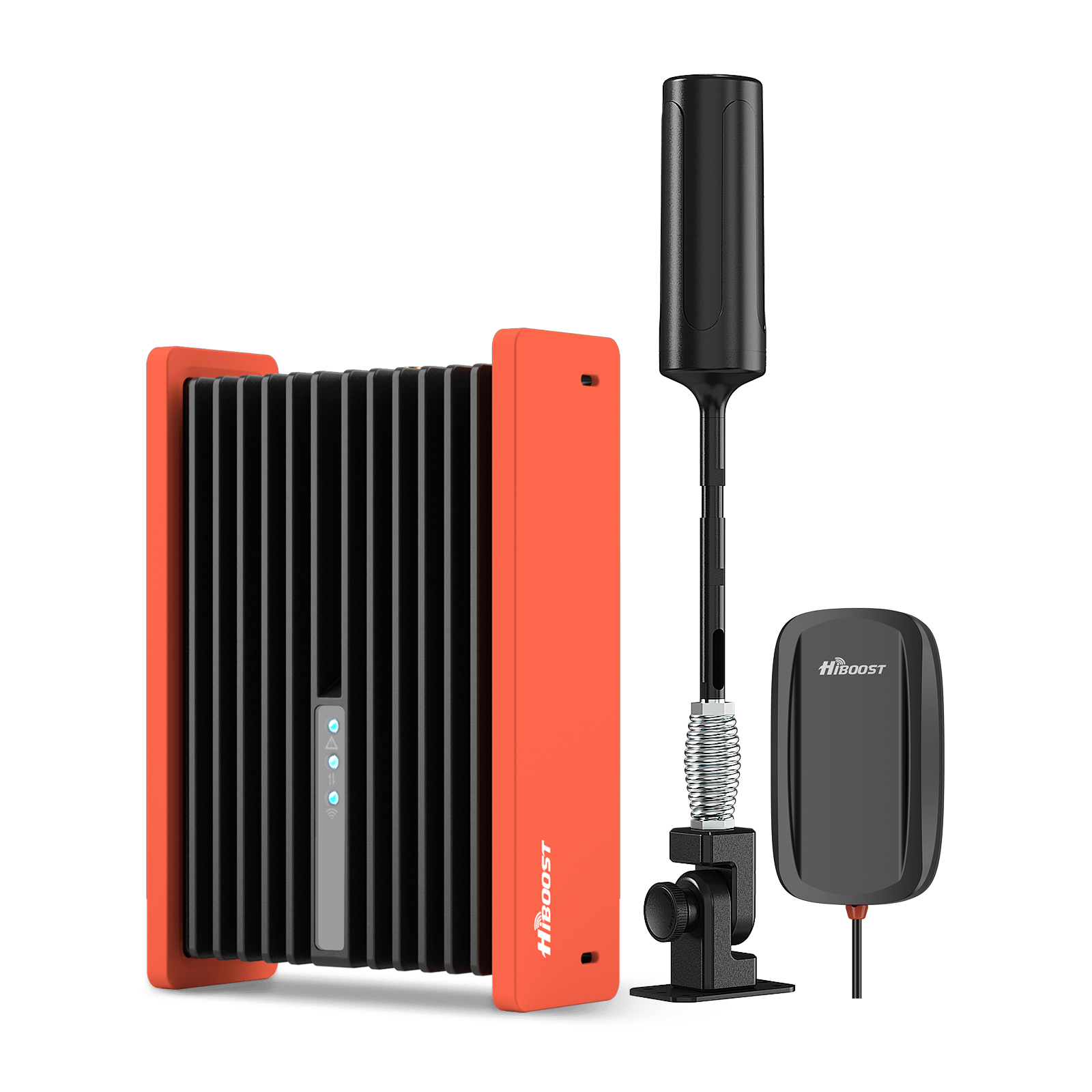
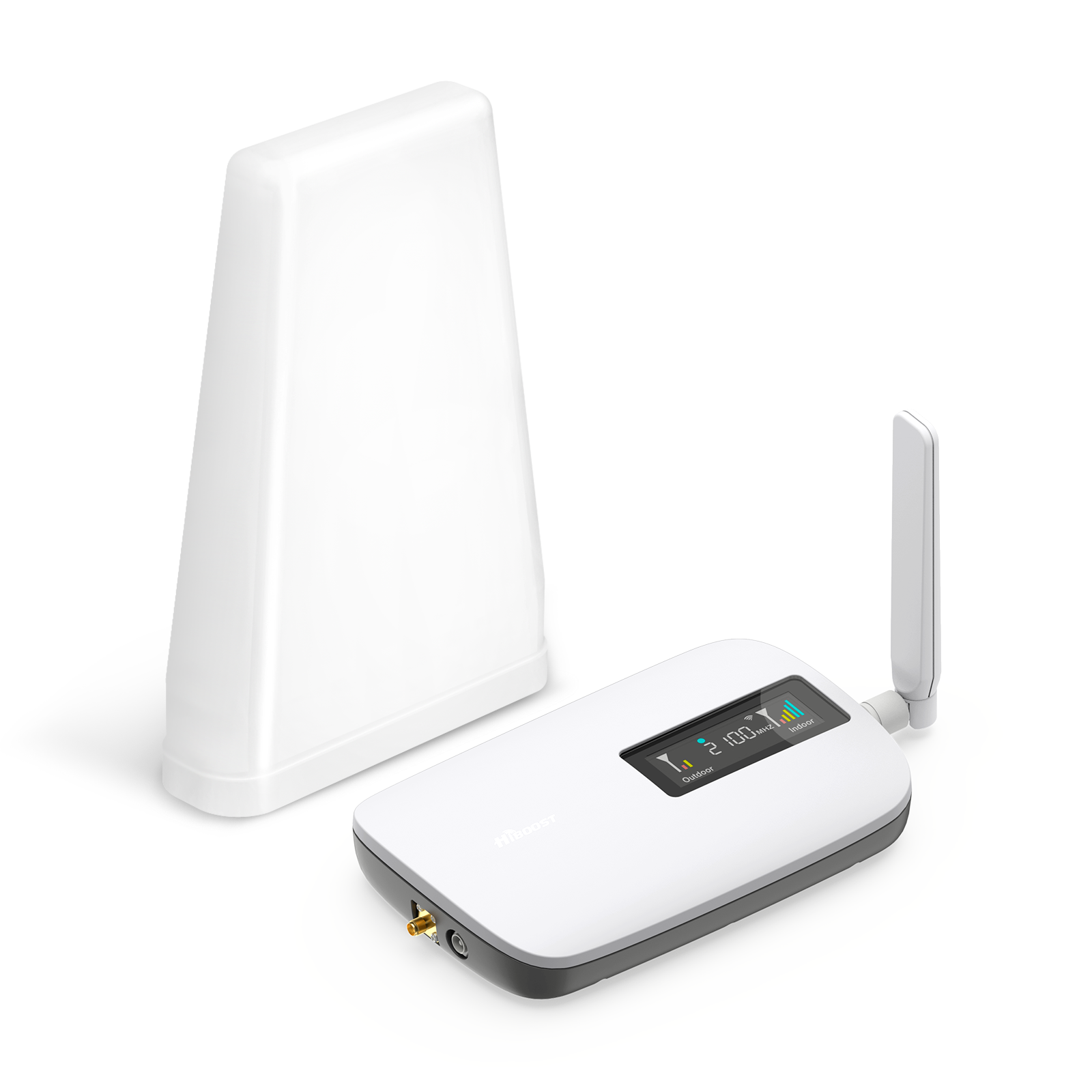
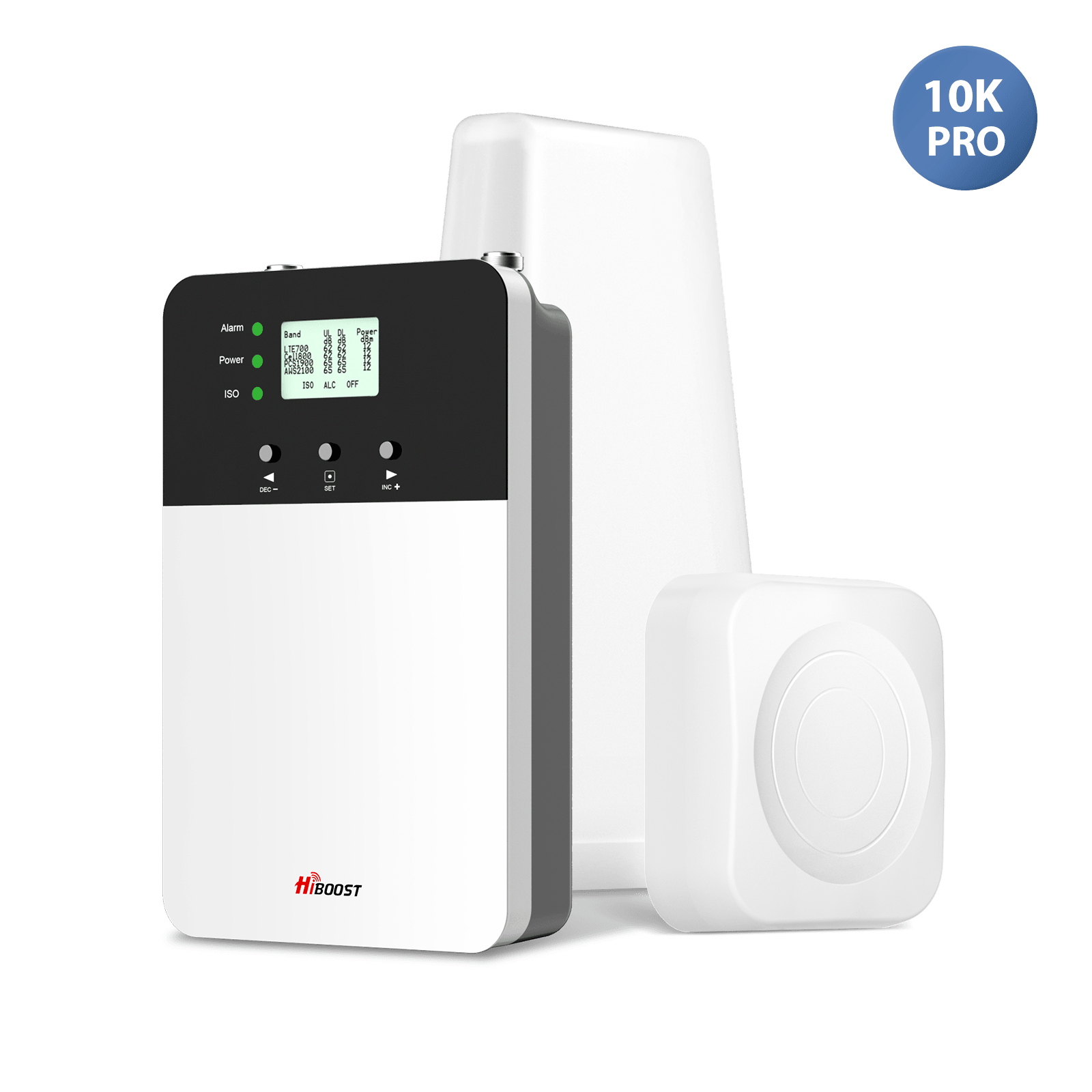
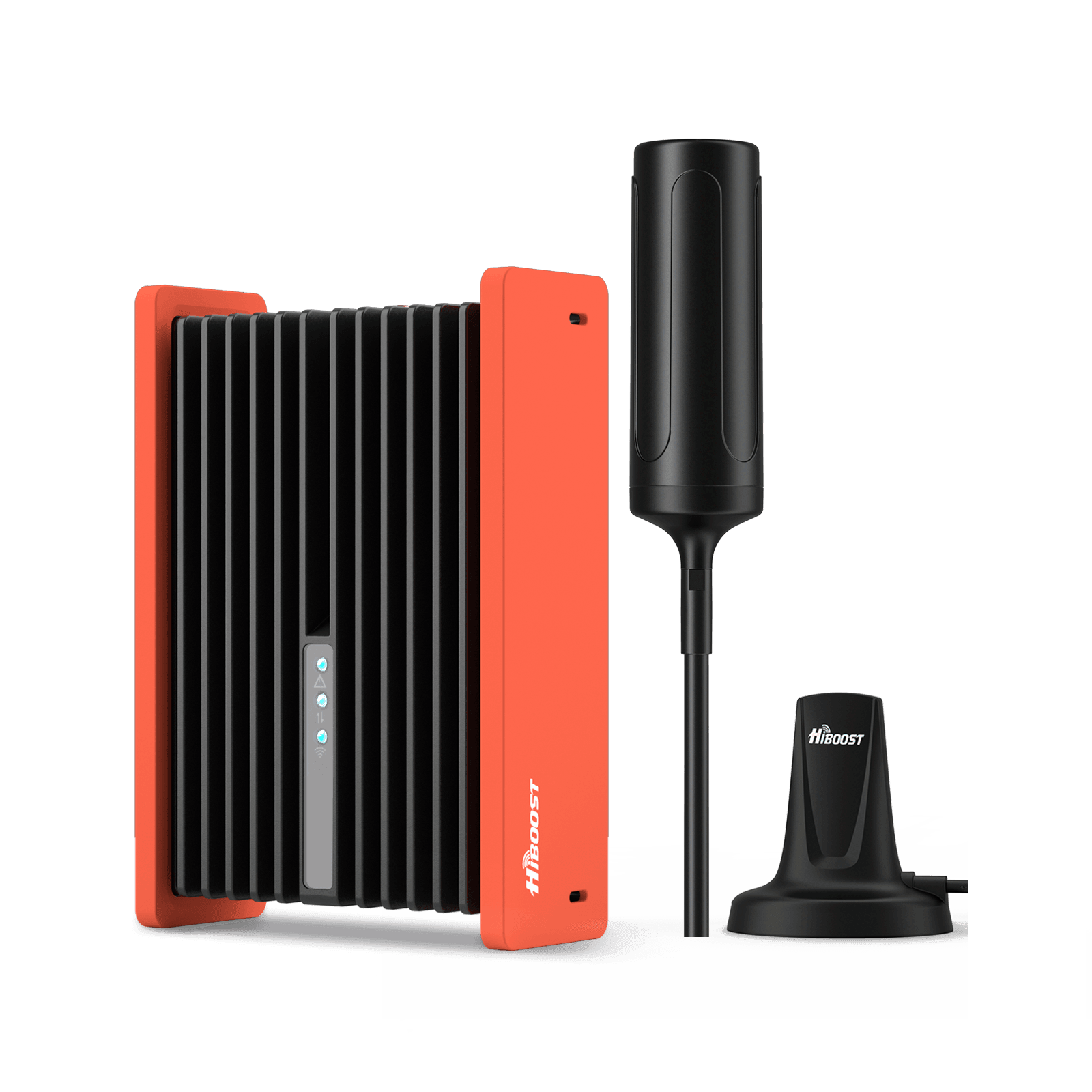
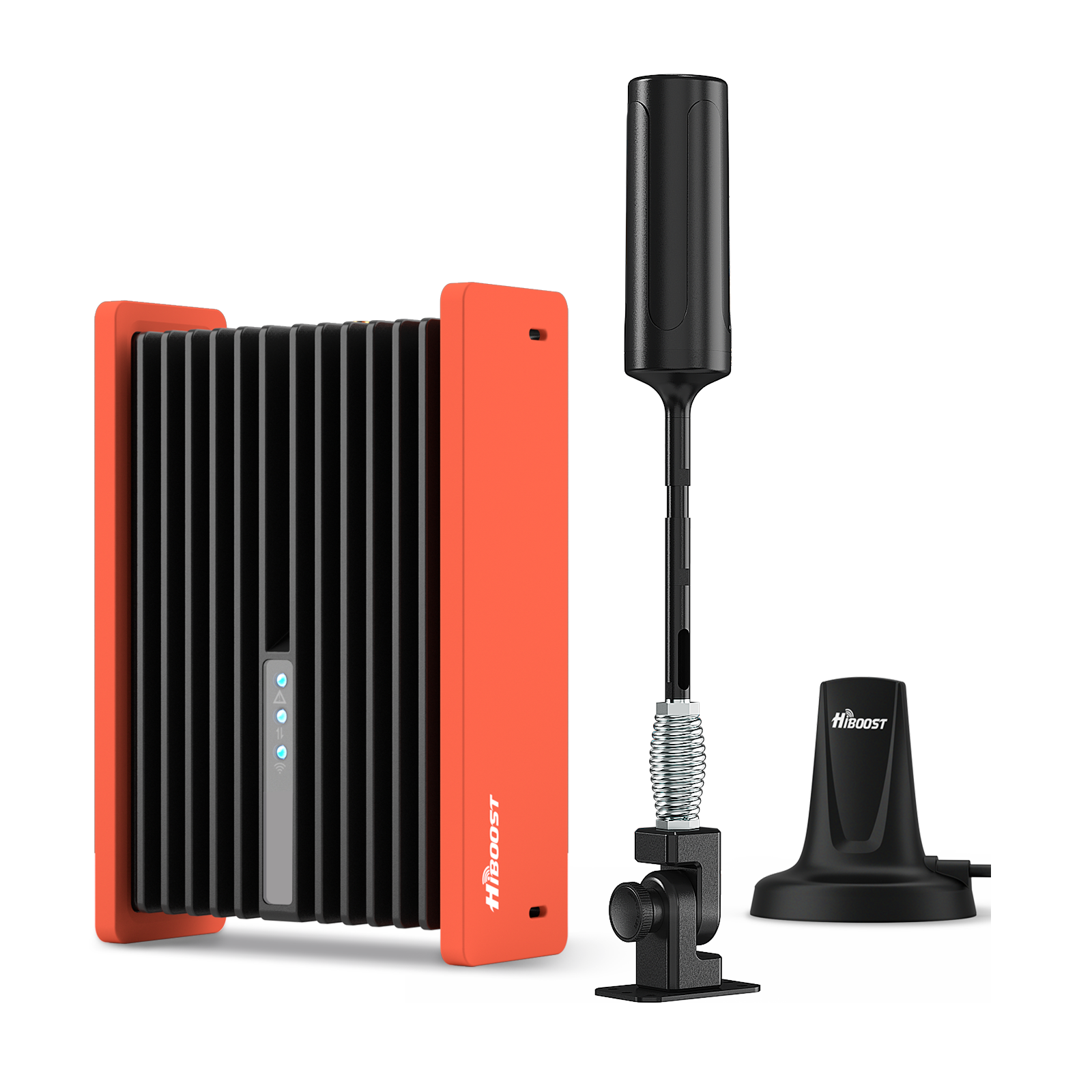
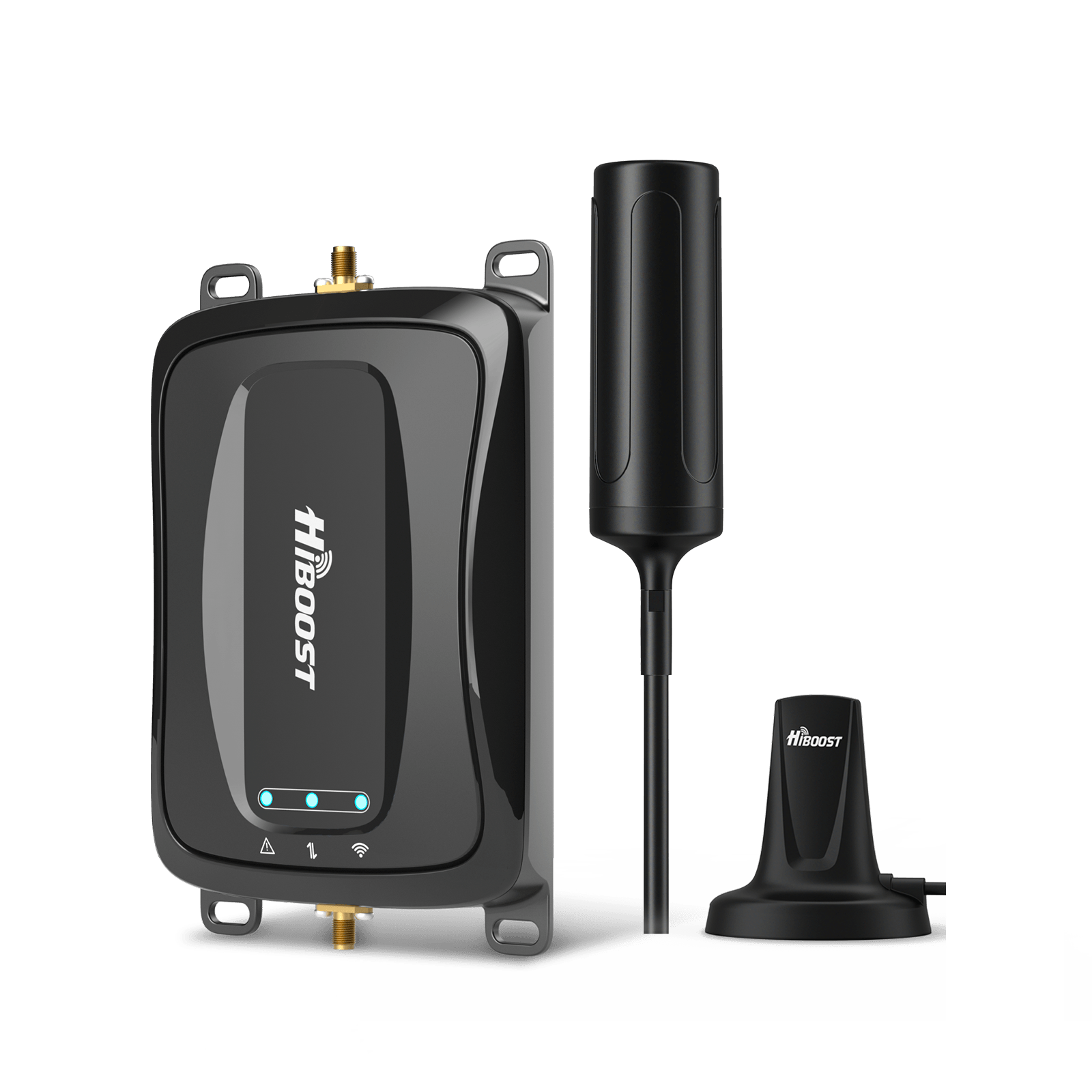
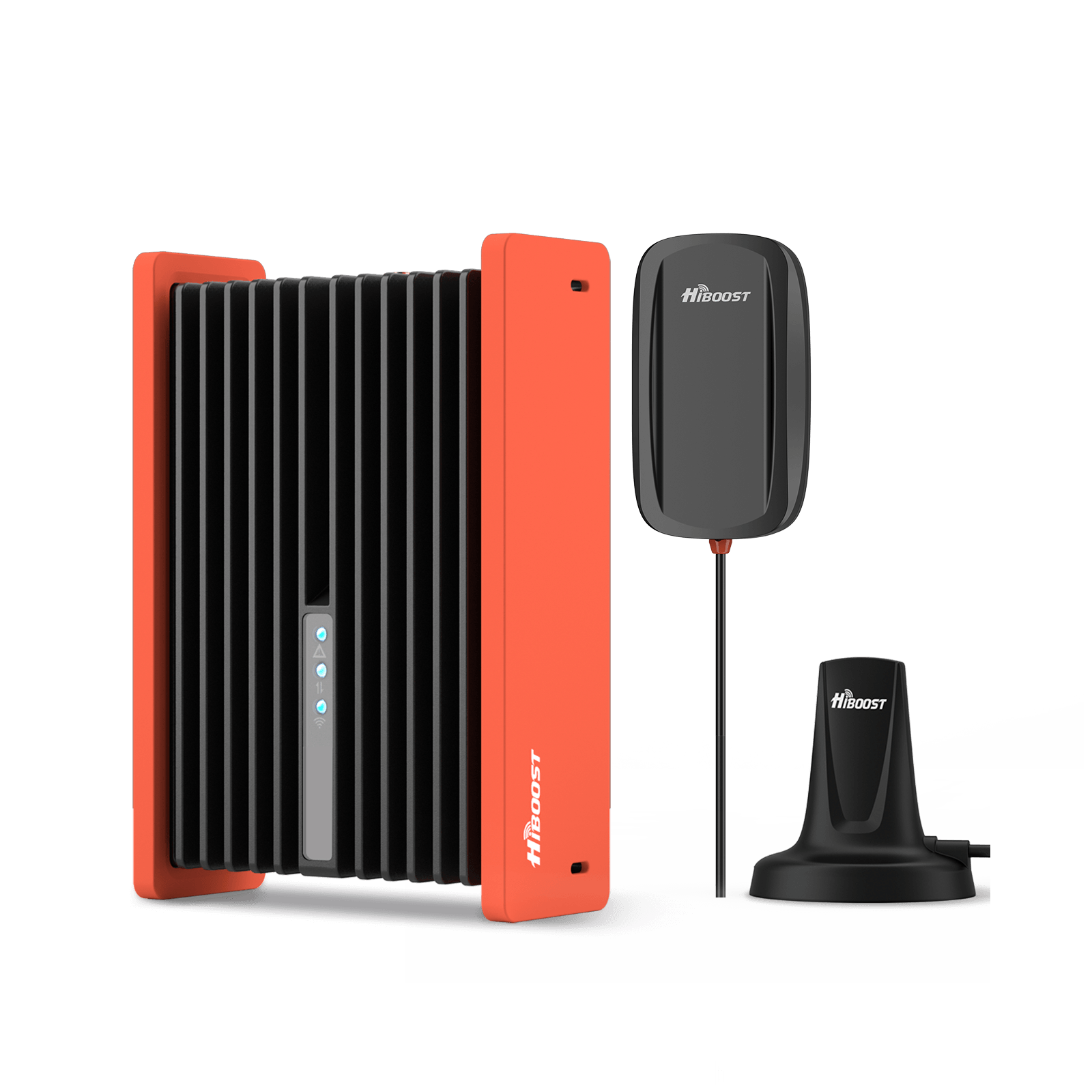
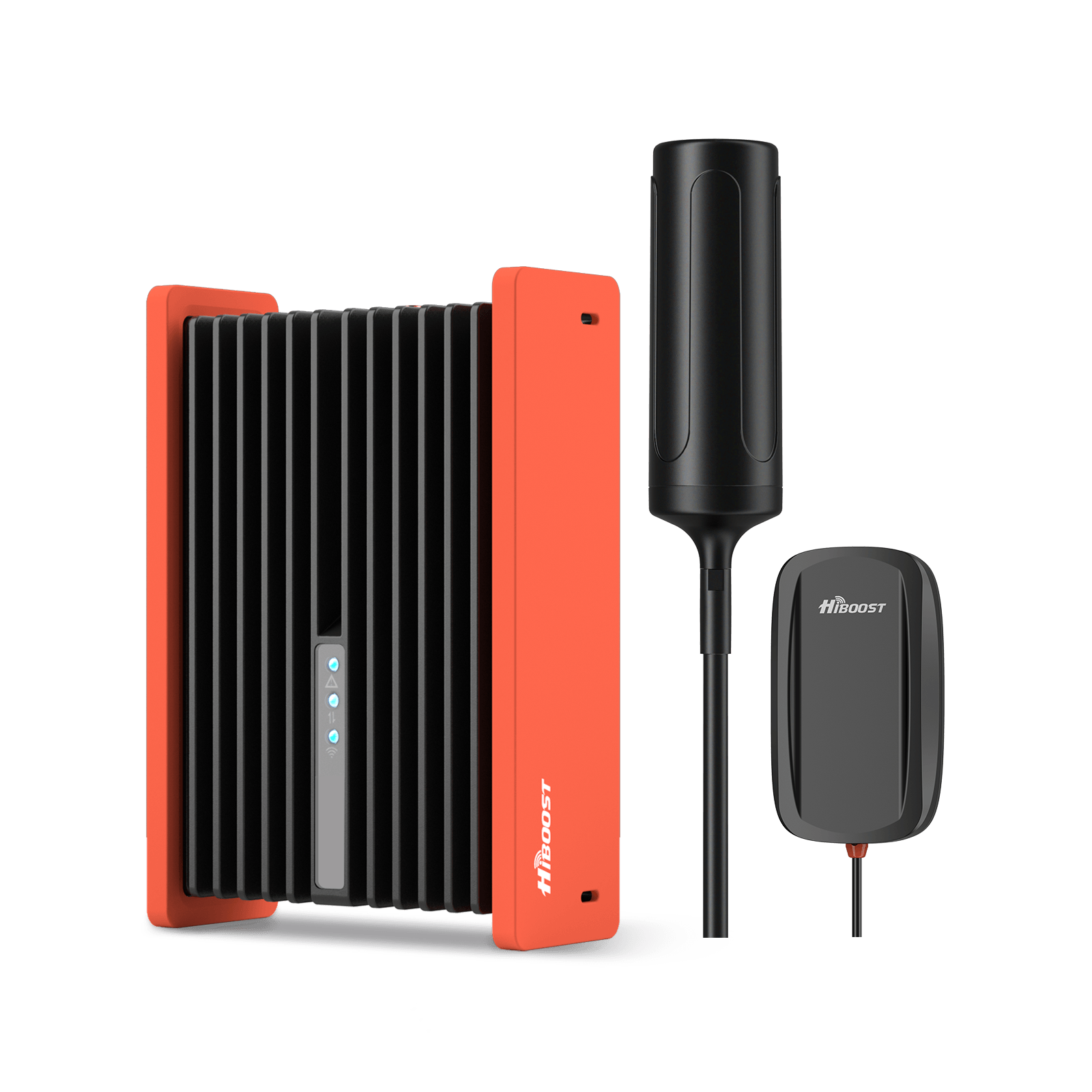
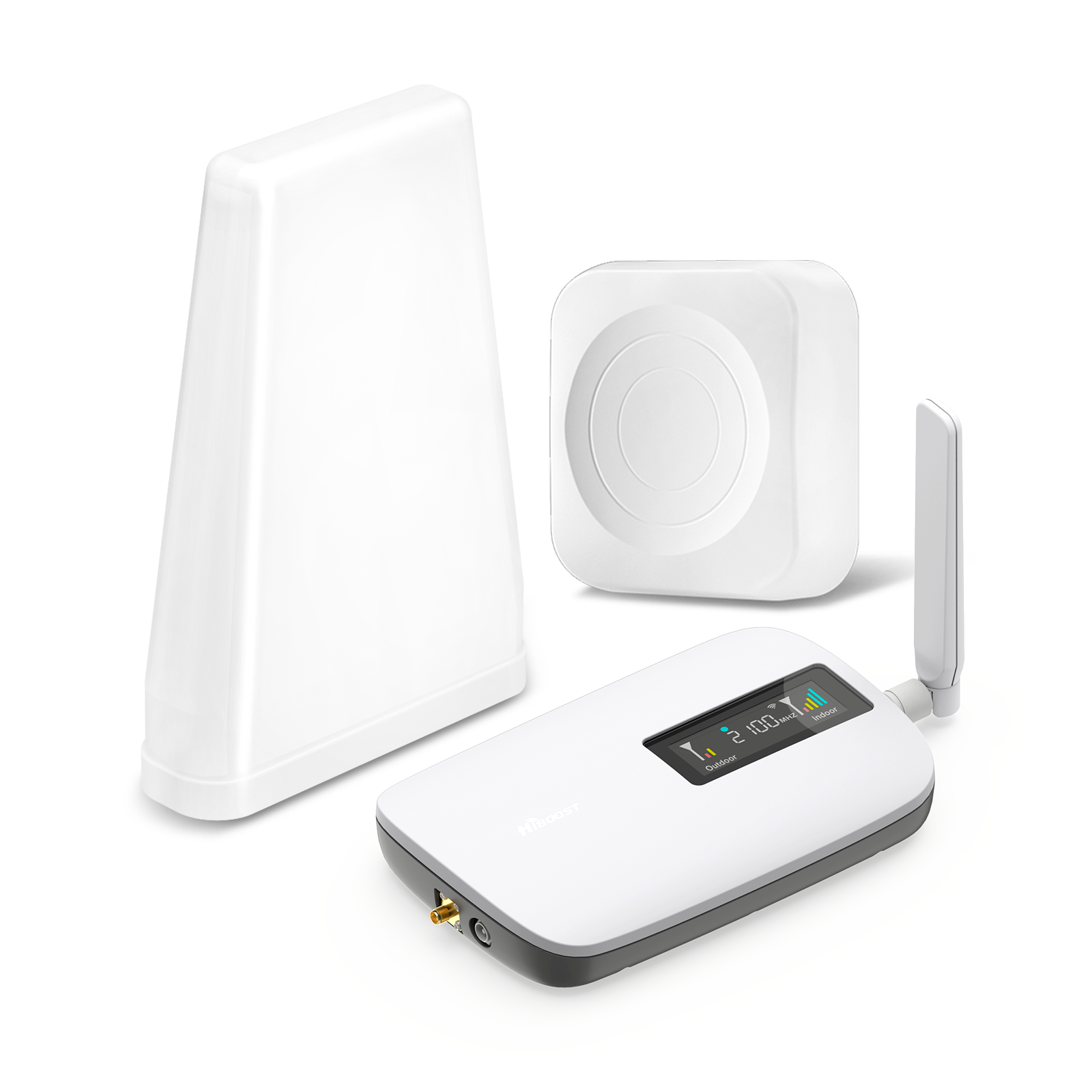
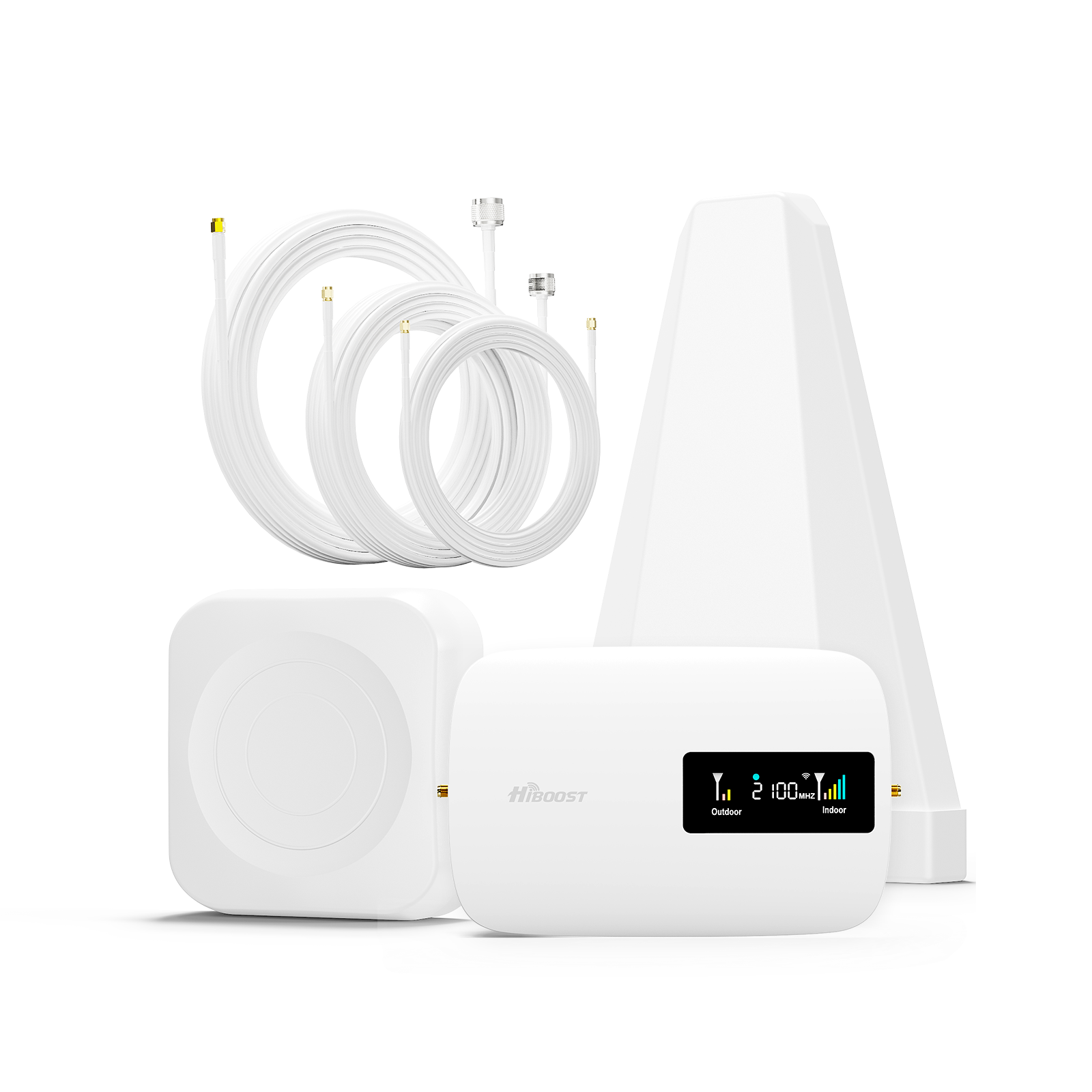
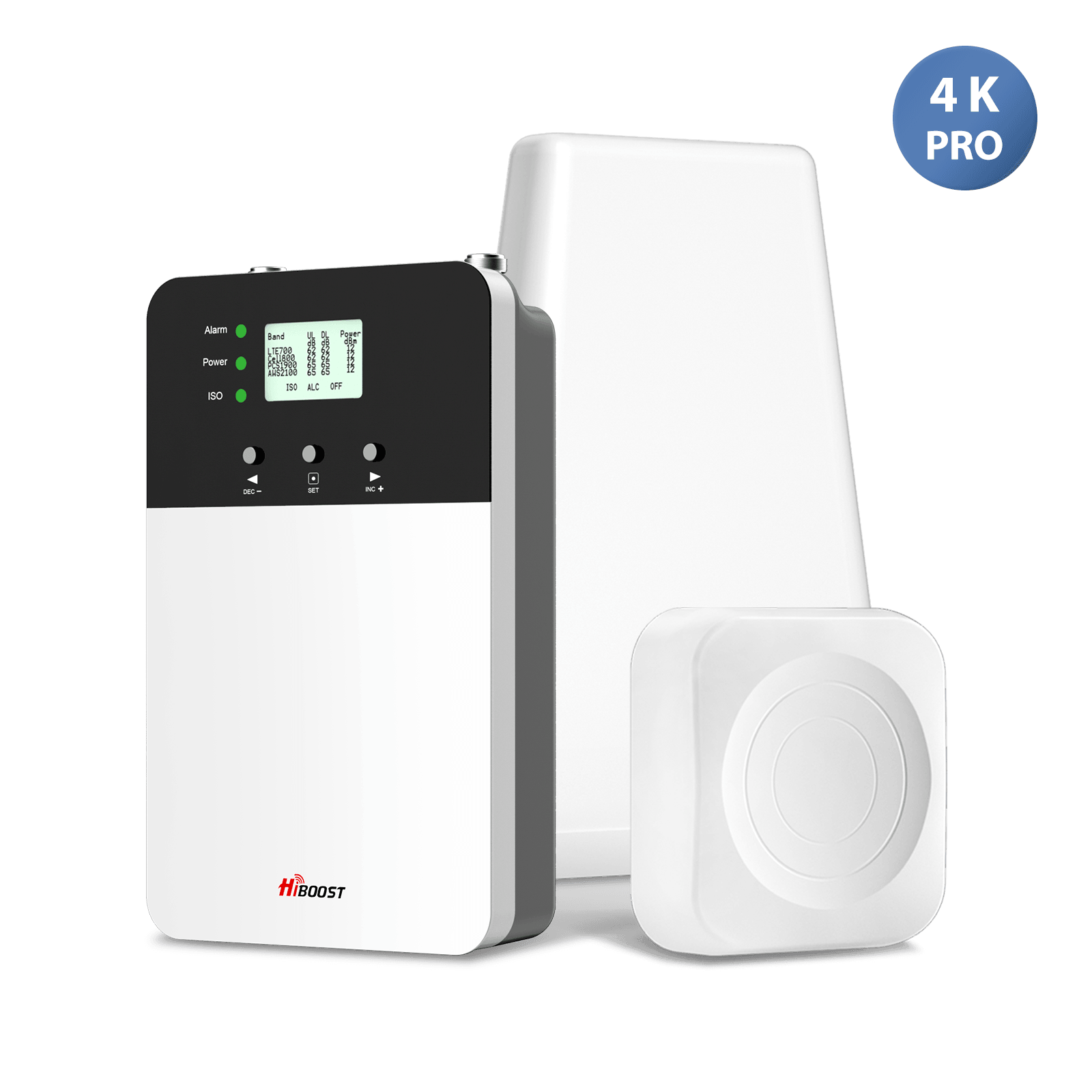
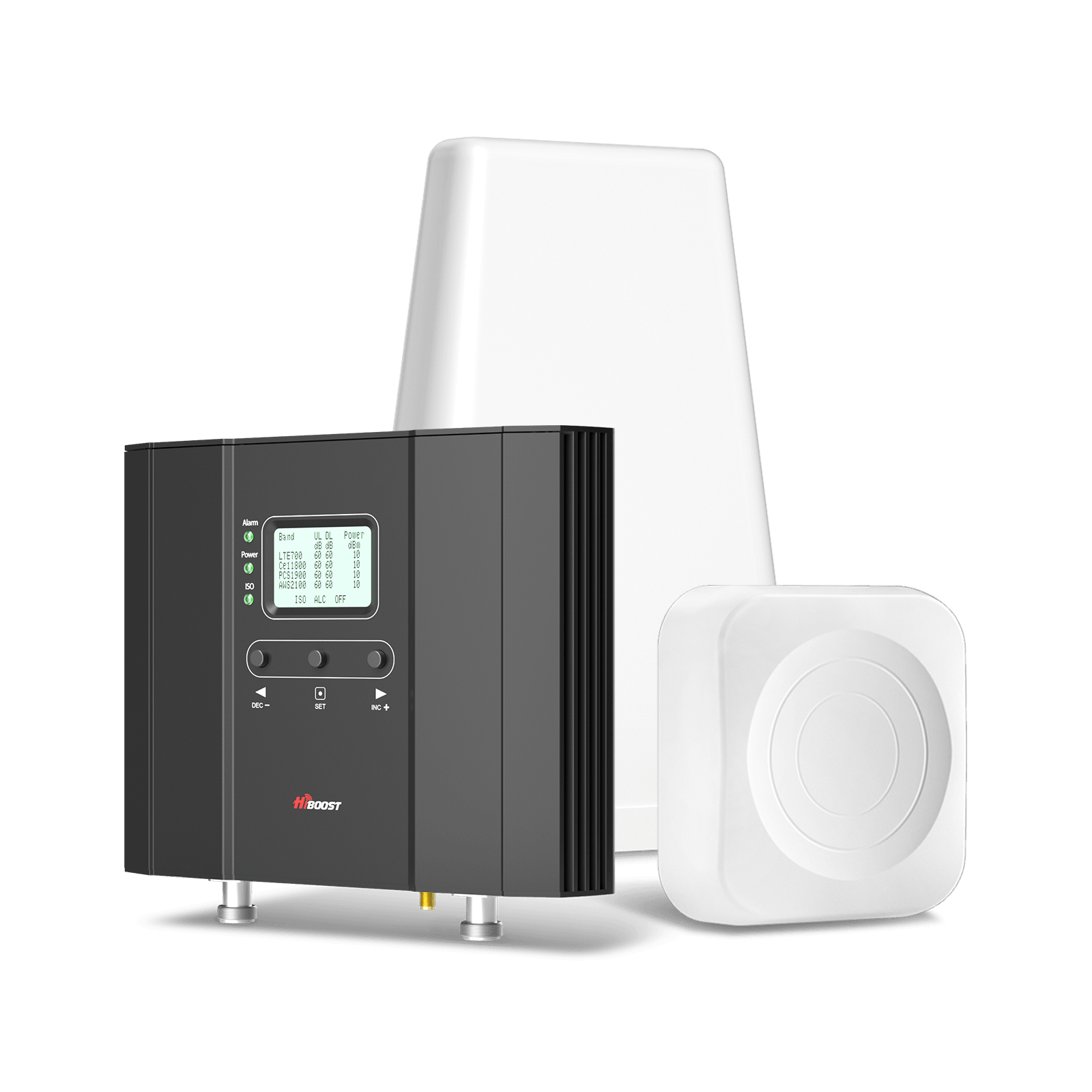
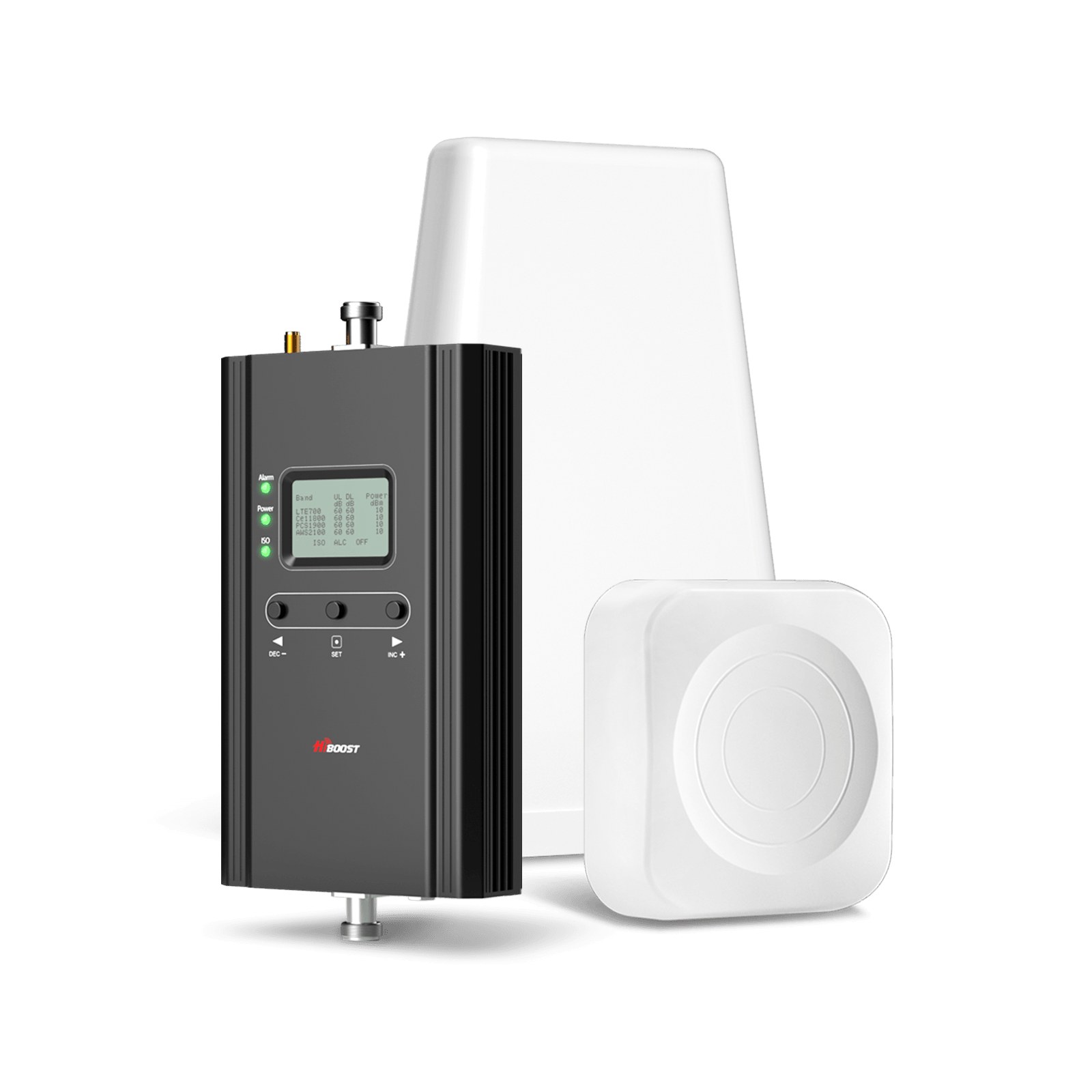
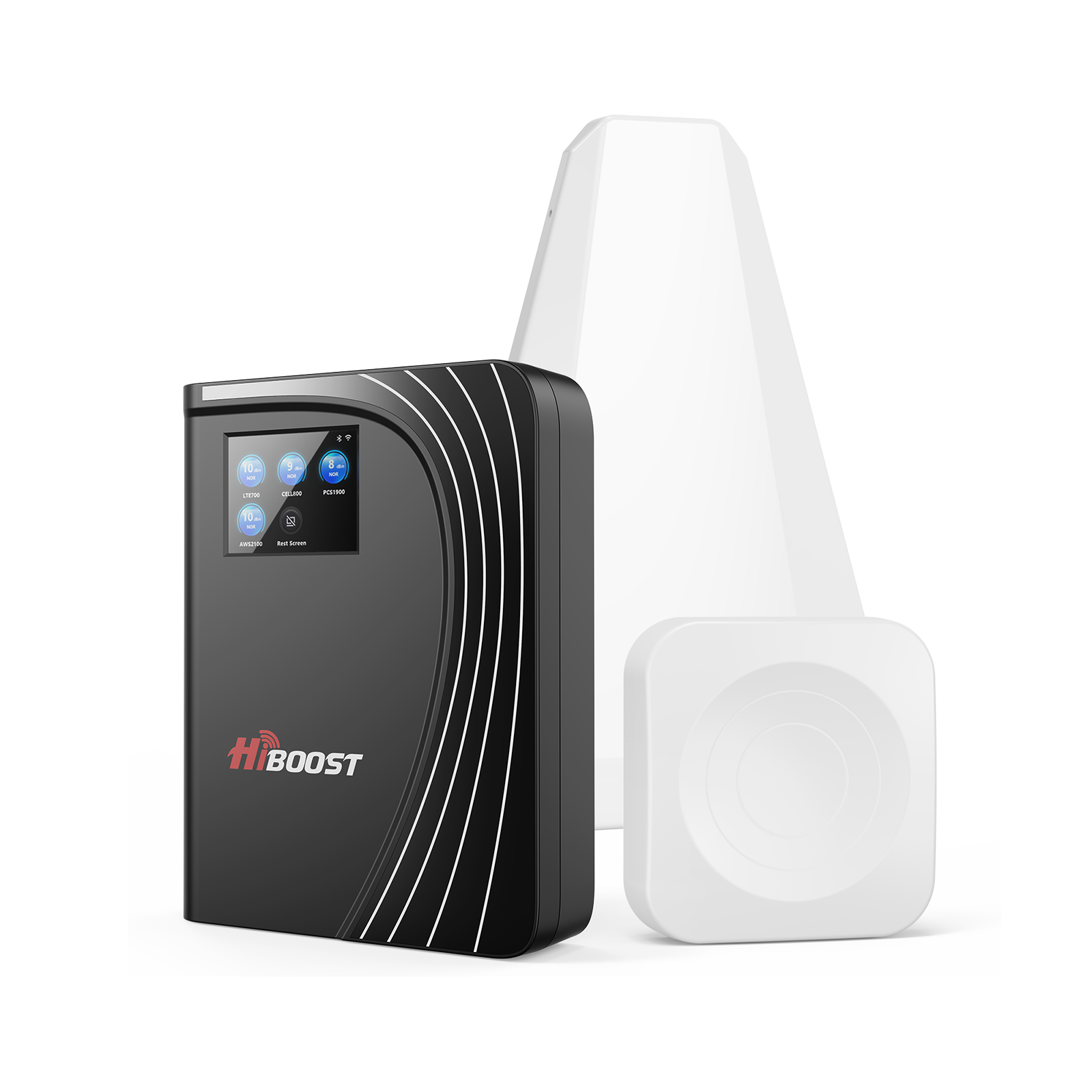
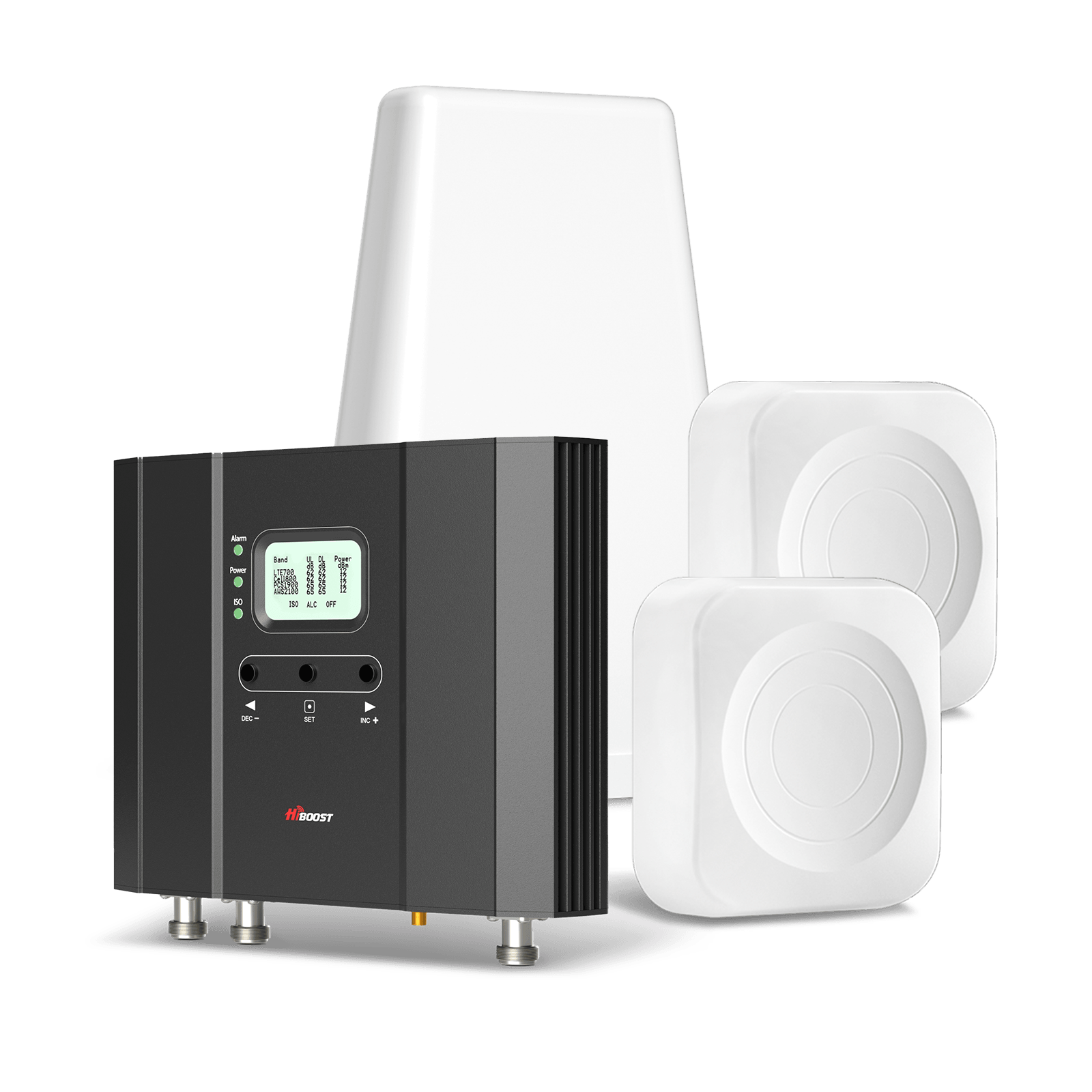
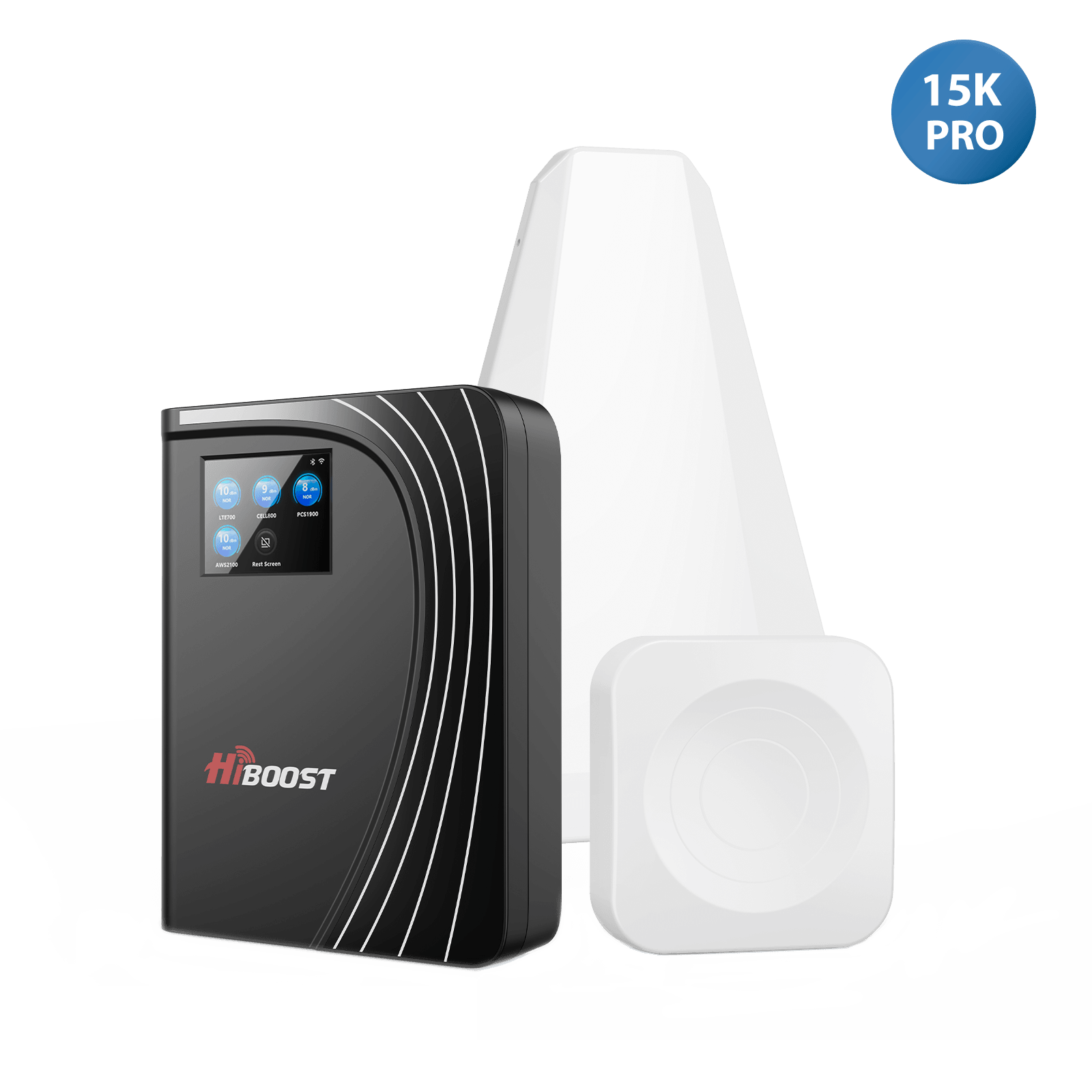
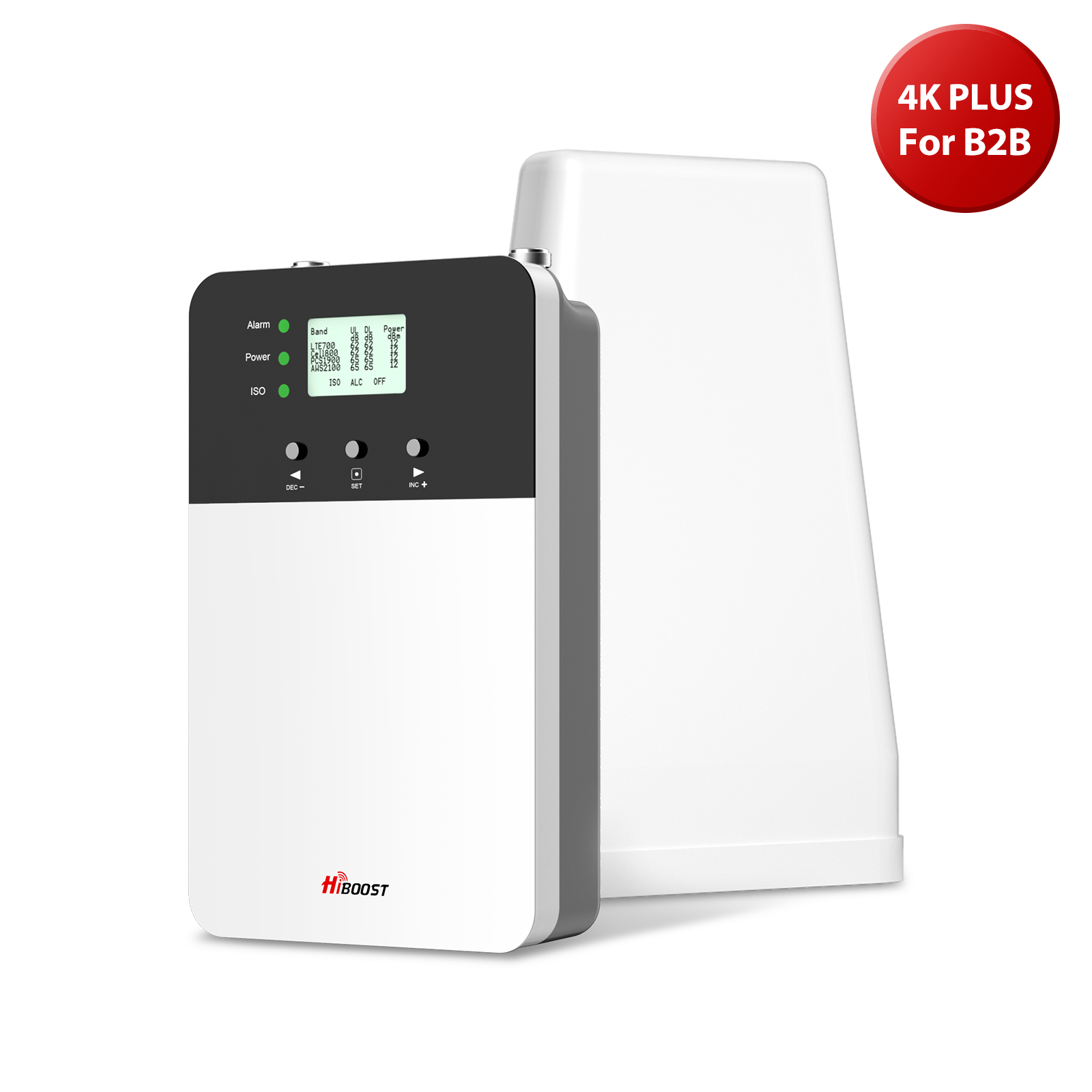
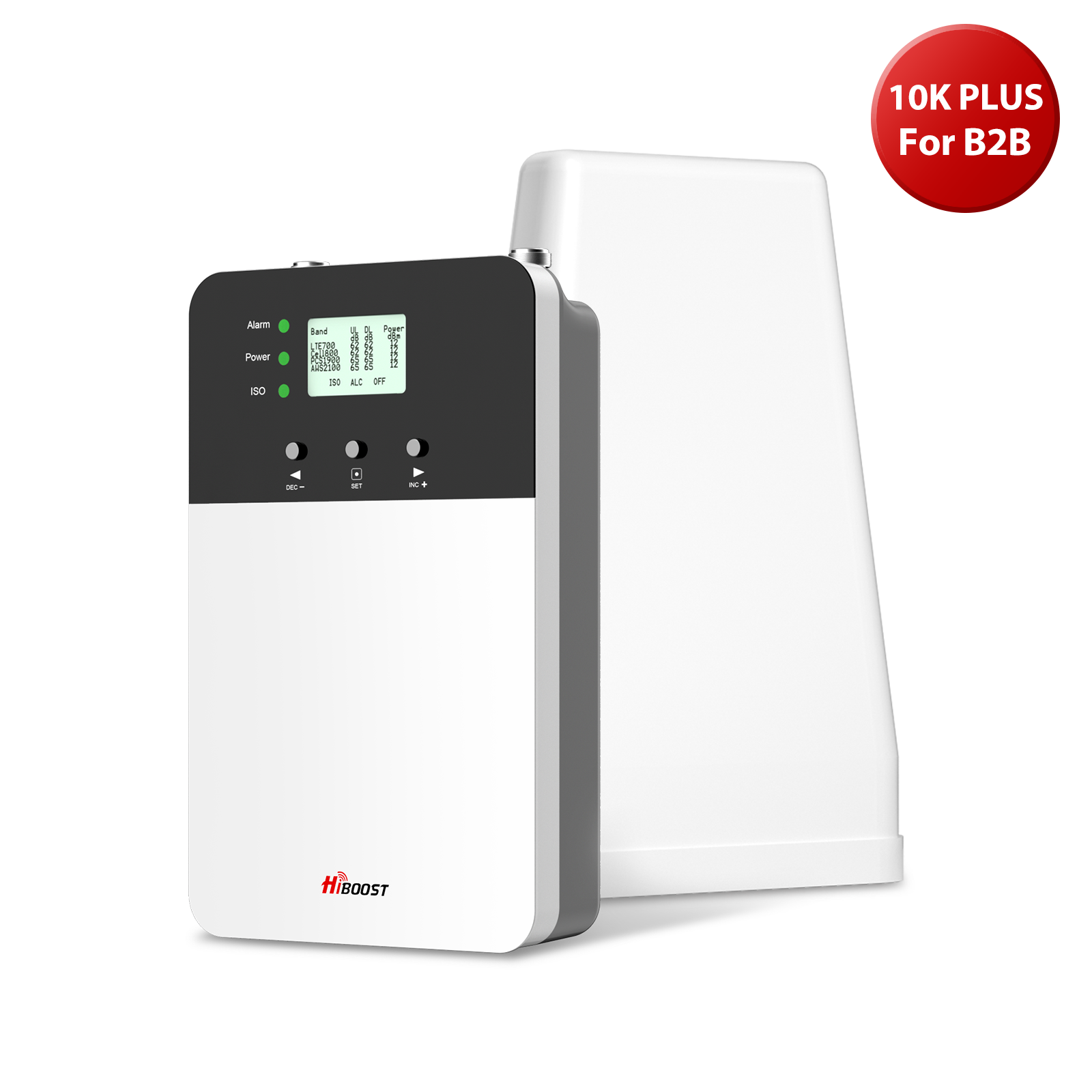
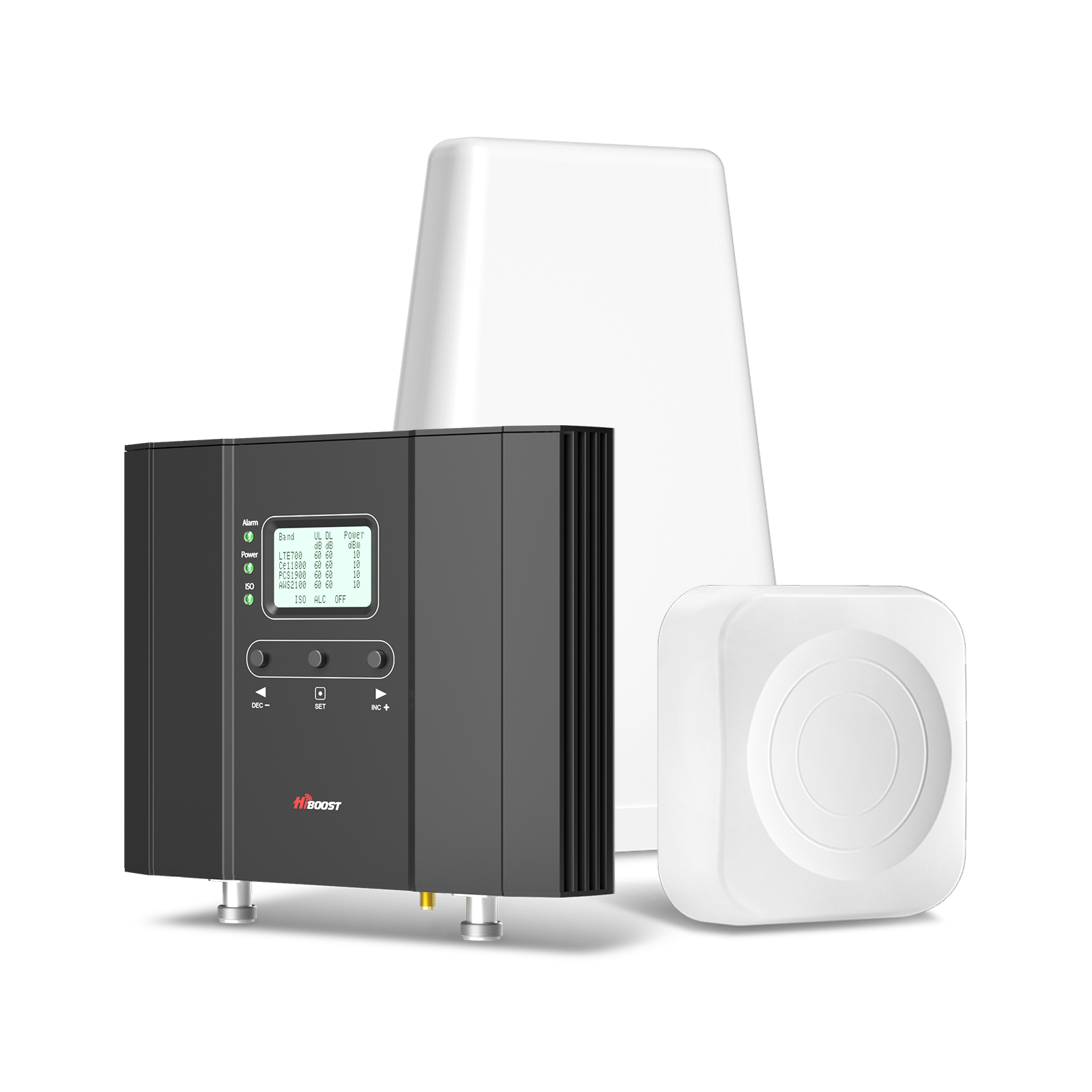
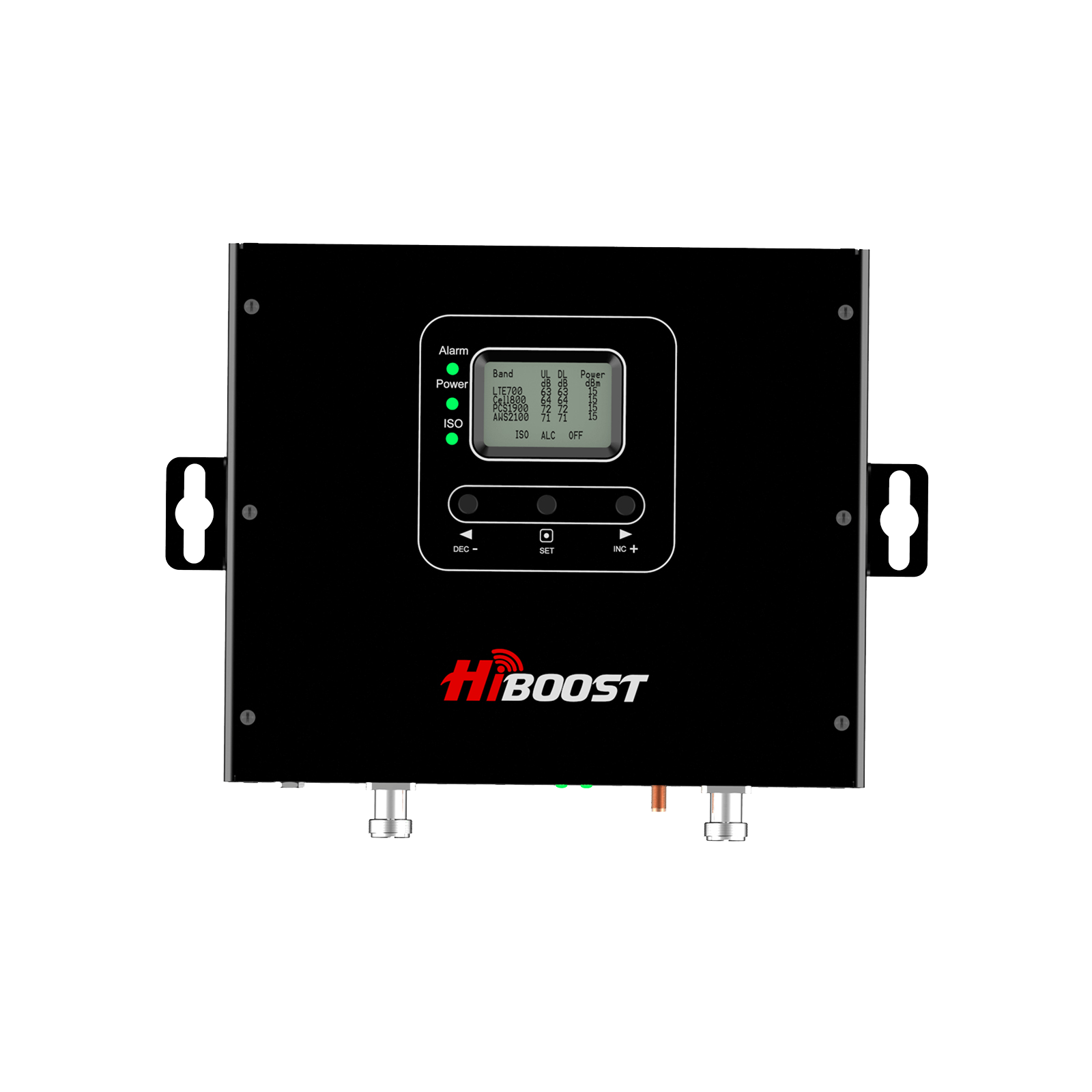
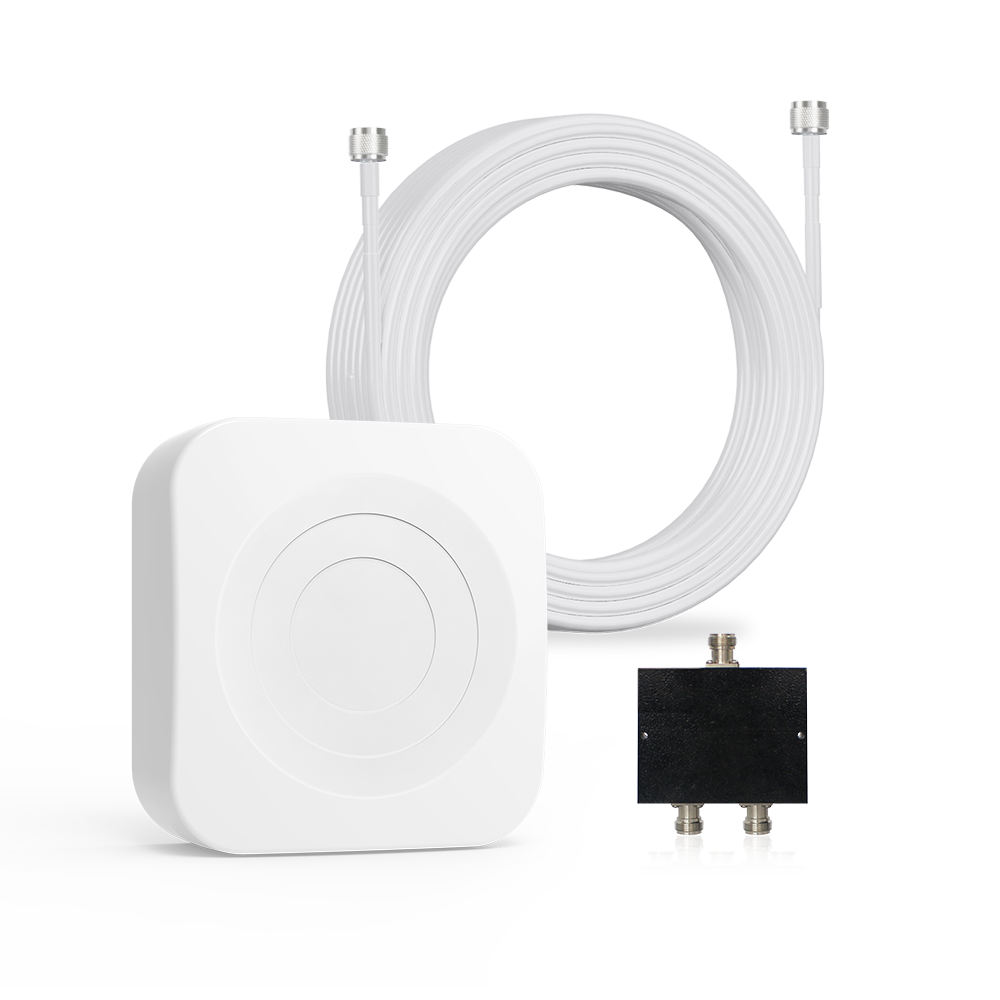
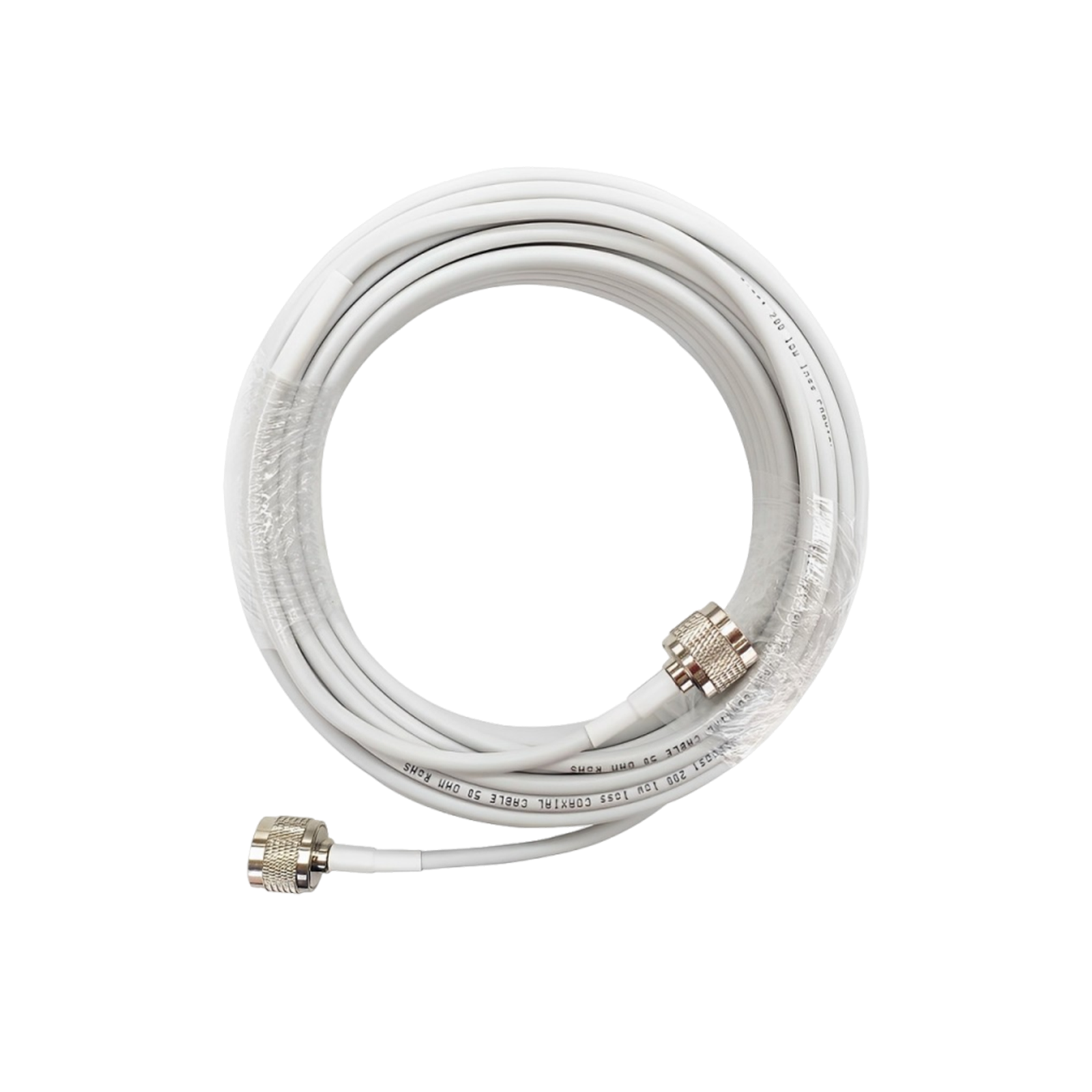
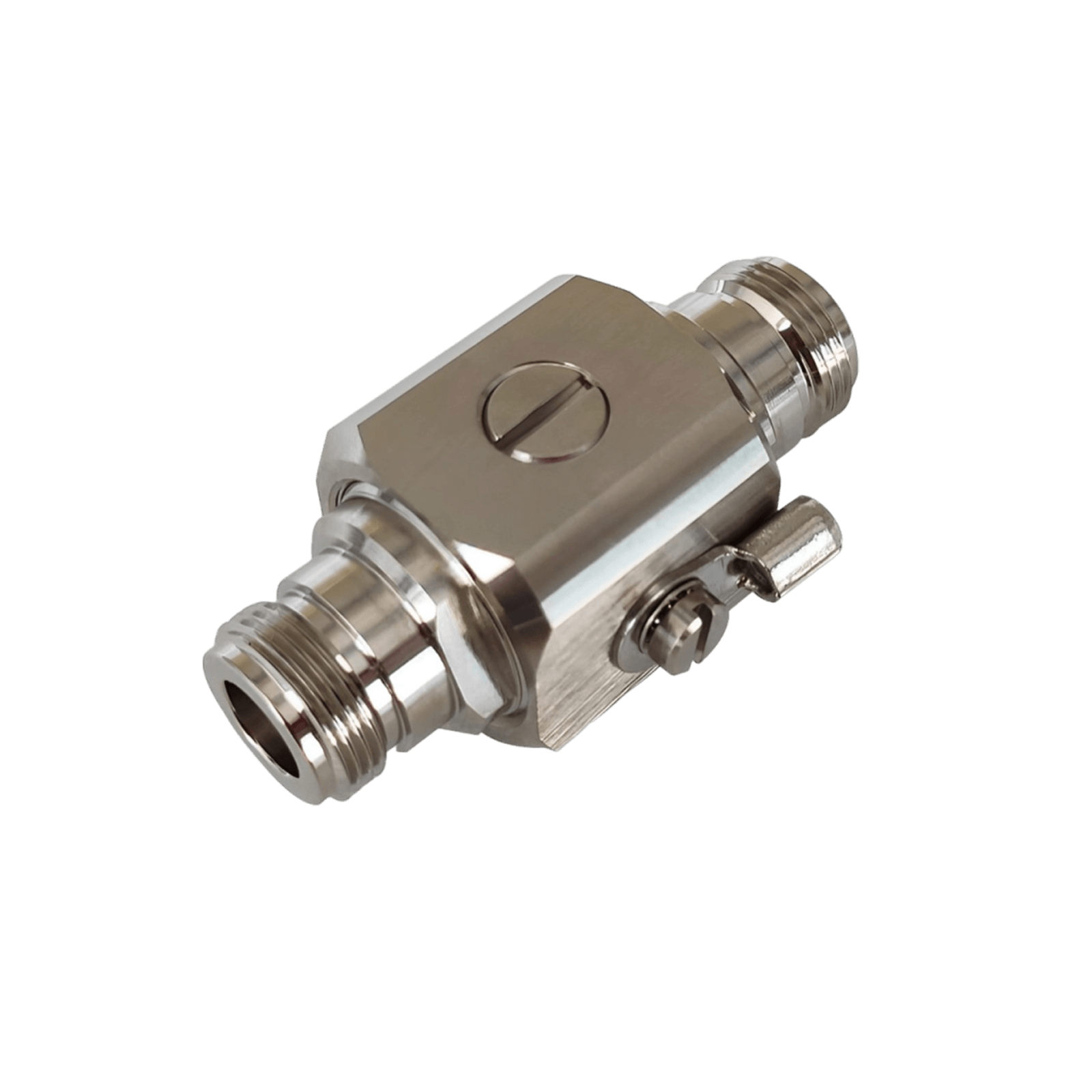
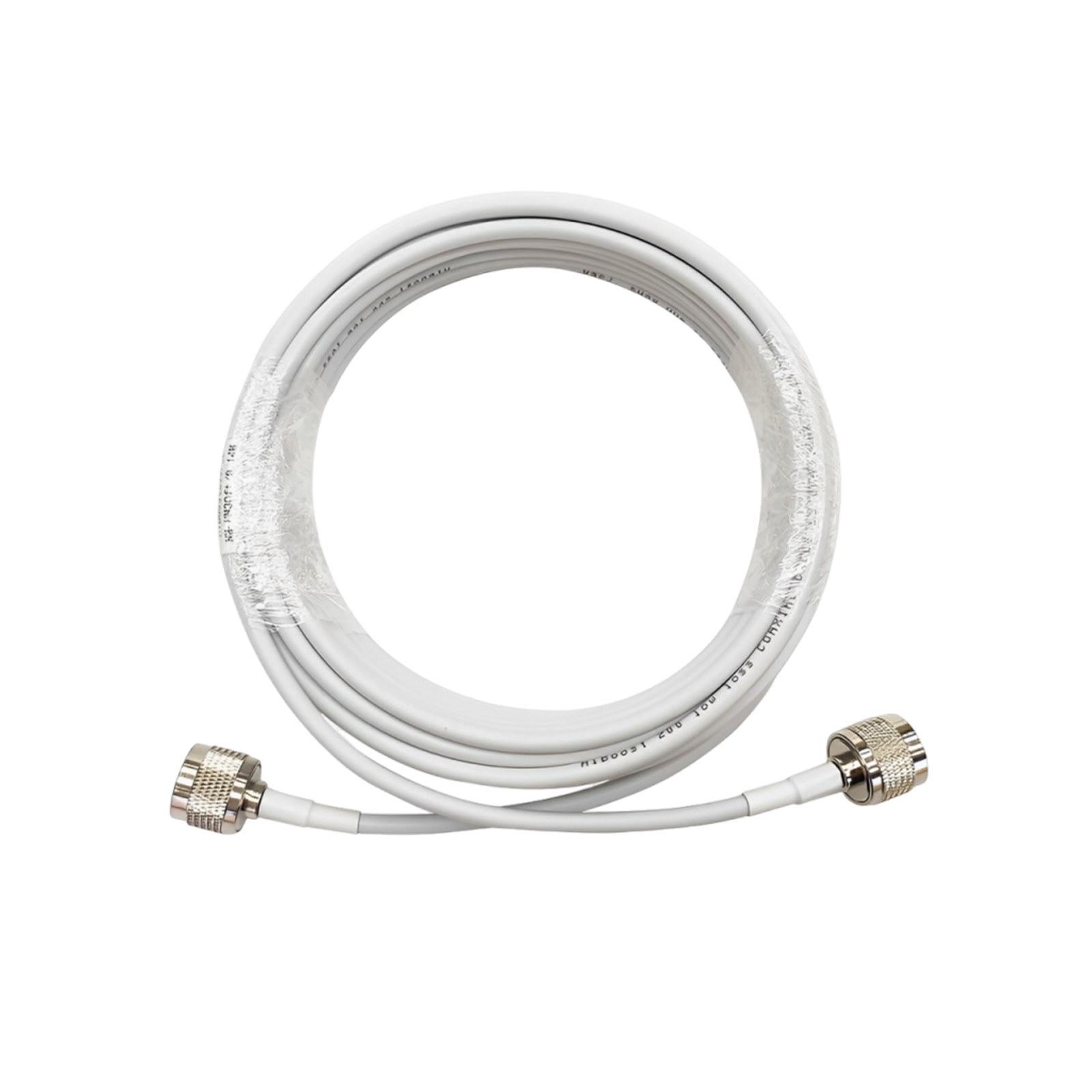


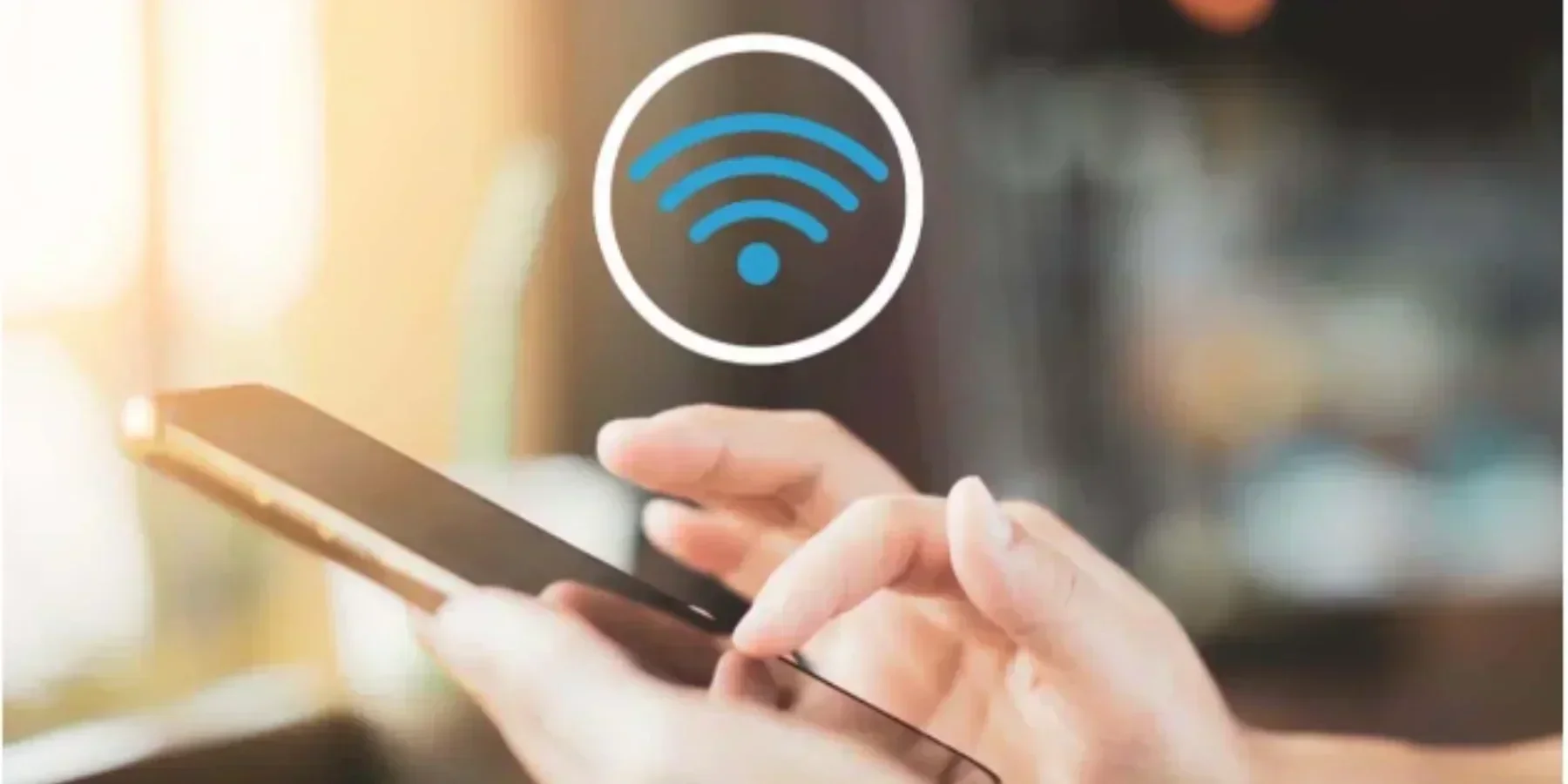
Leave a comment
All comments are moderated before being published.
This site is protected by hCaptcha and the hCaptcha Privacy Policy and Terms of Service apply.